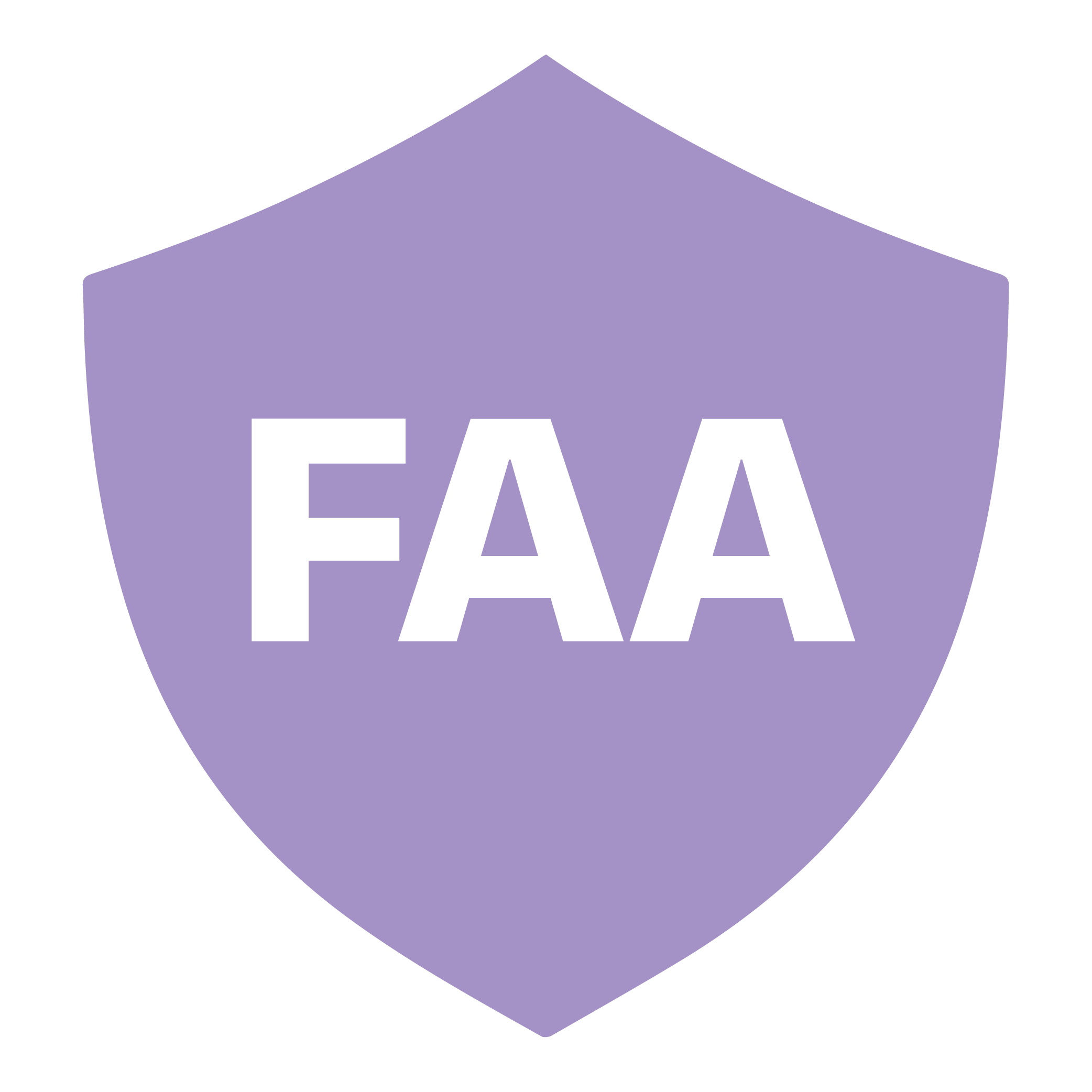The FAA has rolled out a fancy new website, FAADroneZone to consolidate its UAS operations and information hub. Pilots can now check on airspace authorizations, register aircraft and report accidents all on one cloud-based application.
While this may seem like a major step forward for frustrated pilots who struggle to hear any word on certificates they’ve field for, it is a step in the right direction. Here are three things you need to know.
The FAADroneZone as much for the FAA as it is for the pilot
The FAA released its new portal to consolidate operations so that all of its UAS related filings could be managed in one place. This seems like a godsend for anyone working as a remote pilot. But it’s also equally important for the administrators.
The government agency was forced to react to a dynamic and rapid-moving industry, and instead of planning out a framework that made sense, it had to piece together a method for users to request authorizations and waivers for certain Part 107 operations.
There’s more to come
The current Drone Zone is only a framework, and is a platform that makes future expansion possible. This gives hope to even more efficient ways for both the FAA and UAS operators to conduct business more efficiently. With safety in mind, this is imperative. Currently, the number of UAS enforcements do not reflect the number of violations that take place on a regular basis in the commercial UAS space.
The FAA DroneZone will assist other agencies
When an airspace authorization is submitted in airspace related to a military base, the Department of Defense (DoD) is involved in the approval process. This means that the Drone Zone portal is a resource for it as well. In addition, the National Transportation Safety board examines all accidents involving manned aircraft. If one ever crossed paths with a drone, the new portal would give the Department of Transportation ample resources to investigate the background of the aircraft in a one-stop shop.
As it stands, the Drone Zone is not exactly what those clamoring for more efficient authorizations and waivers are looking for, but it’s a step in the right direction.
Michael Jones is an FAA-licensed commercial UAS operator and chief pilot of California Aerial Media based in San Diego, California. With 20-plus flight hours in single-engine manned aircraft and hundreds more logged in UAS, aviation is one of his true passions. In addition, he is an award-winning author whose work has been featured on sites such as Yahoo!, MapQuest, About.com and Vox Media among many other publications.
Check out our Medium page for more such content
Do not forget to subscribe and Listen to Ask Drone U, the #1 drone podcast
Connect with a vibrant drone community by becoming a Drone U member






Add Your Comment